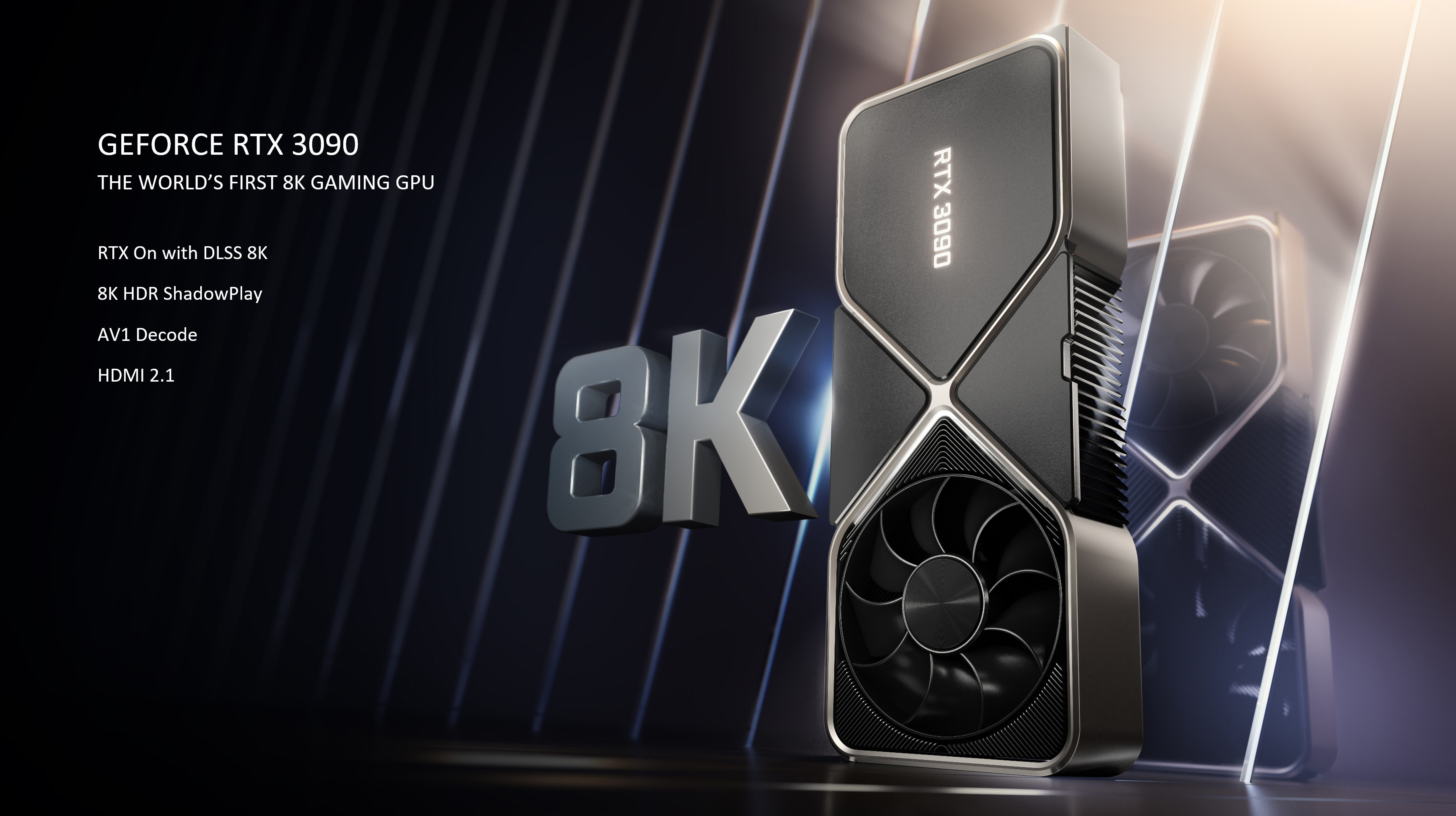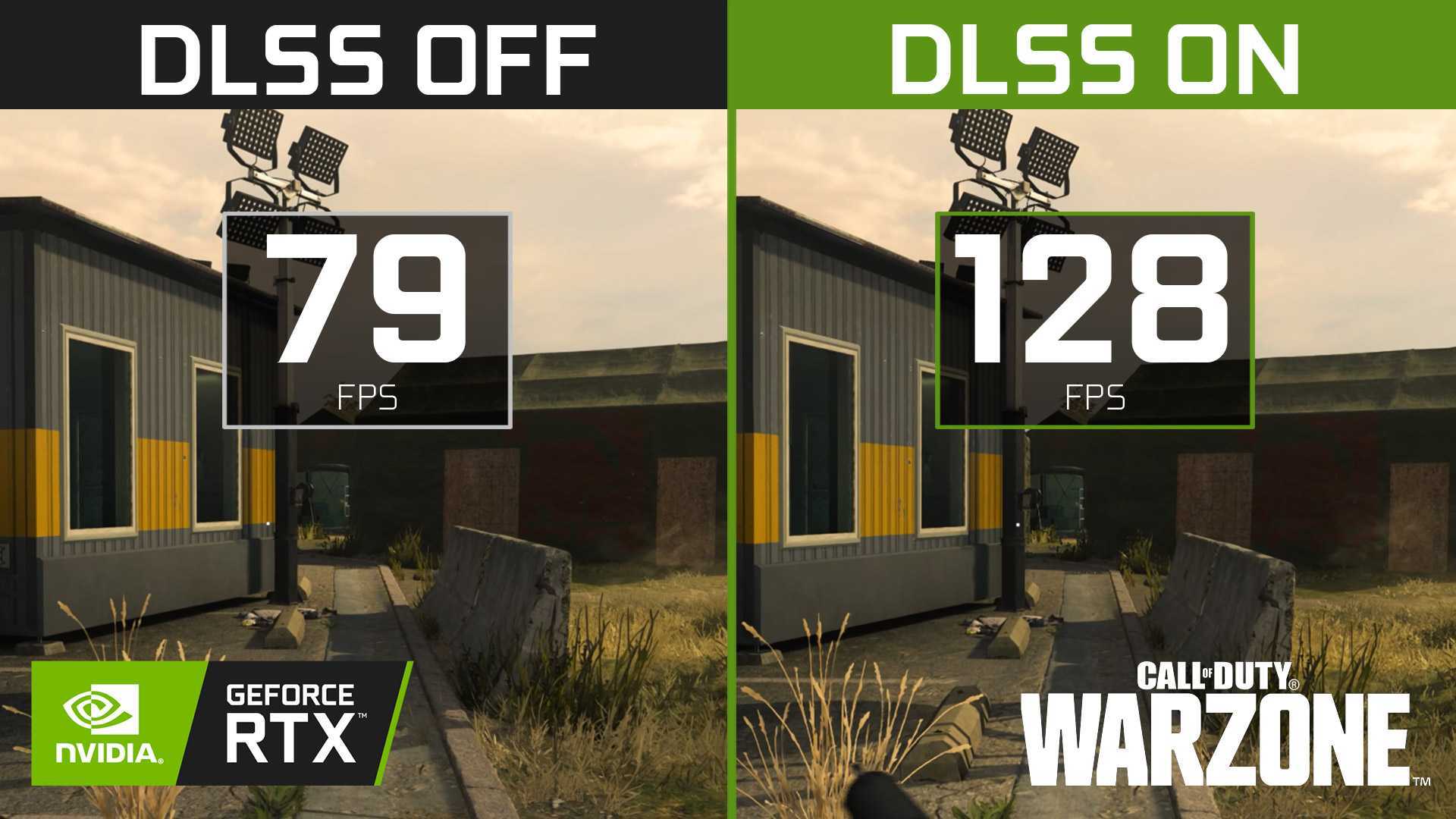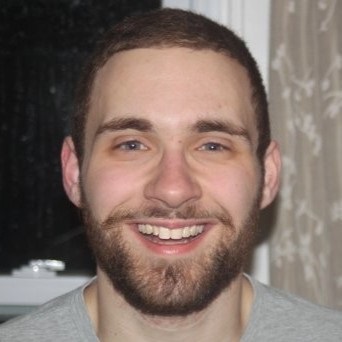Why I hope 8K gaming never happens
Four whole Ks is enough; 8 is just too much K. It's madness.

My mom is an immigrant. She came to the United States from the far off African island of Cape Verde, and she arrived in Massachusetts, as a kid, at a time when the public school system was just being desegregated. As you might expect, at times, life could be scary. But not halfway as scary as the prospect of 8K gaming becoming anything near a reality is to me, let me tell you.
If that sounds like hyperbole, well, maybe it is, but gaming at 8K is not (and should not) come anytime soon, if ever. It’s too expensive in every way, we don’t need to run games in 8K, and we could make games a lot better if we invested the processing power required to output at 8K in other things.
Many out there are anticipating 8K is the Next Big Thing that could even be coming soon with a mid-generation refresh of the PS5 or Series X, and if that describes you, I implore you to sit back, strap in, and let me tell you why 8K should be treated in much the same way Voldemort is treated by Harry Potter fans, rightfully earning its place as the resolution-that-must-not-be-named…
Too expensive in every conceivable way

Whether you’re talking about dollars or pixels, how many Ks or how many pounds, whichever way you slice it, 8K is just too expensive, and moreover, the price of 8K isn’t going down anytime soon. If that sounds counterintuitive, I’ll explain.
For example, right now, 8K monitors and TVs are still quite expensive, and they’re still quite expensive merely for the fact that they support 8K resolutions, not because they also build in every high-end feature a similarly-priced 4K set also builds in. Those cost extra, and make really, really nice 8K displays just staggeringly expensive. Yes, the prices of 8K displays will be going down in time, but when people are still gaming in large numbers at 1080p, it’s not exactly like 8K is within reach anytime soon for the average gamer.
But 8K isn’t just expensive in terms of money, it’s expensive in terms of processing power. The jump from 4K to 8K might sound like a 2x increase, but it’s not. It’s actually 4x the pixels of 4K, and remember, 4K is a resolution that PS5 and Series X games can’t run at 60 FPS without frequently making major cuts to resolution such that it’s not really a “true” 4K anyways. 8K is going to require significantly more processing power to render than true 4K, so where is all that extra power coming from?
Maybe it could come from a $1,200 PS6 in 2026, sure, but who would buy that? Once again, we run square into the ‘it being too expensive problem’ that we can’t seem to solve with 8K. Plus, you’d also have to have a pricey 8K display to even use your PS6, too. Not to mention that the pixel density of 8K necessitates a large display to even hope to get a meaningful increase in image quality and the fact that 8K itself is near to the limit of what the human eye can effectively and practically perceive in terms of detail.
Get the What Hi-Fi? Newsletter
The latest hi-fi, home cinema and tech news, reviews, buying advice and deals, direct to your inbox.
For example, if you game at a desk with a TV relatively close to you or a PC monitor, forget about 8K. You’re simply too close to your display for you to be able to use a display big enough to actually take advantage of 8K. Already, we’re limiting ourselves to the home theatre crowd with the 60-, 70-, 80+-inch TV sets who will actually be the only ones who can reasonably take advantage of 8K resolution. So, you’ll probably have to find a new desk or apartment or renovate your entire set-up, on top of buying a display and hardware capable of outputting at 8K, if you actually want 8K gaming. Again, it’s all just too expensive.
Upscaling, VRR, and dynamic resolution scaling are magic technologies

Upscaling and dynamic resolution scaling work to offer up the image quality of high resolutions without the performance cost, while VRR helps smooth out any inconsistencies in framerate, especially at those higher resolutions. These technologies together make games look amazing but still perform well on relatively modest hardware.
However, tech like upscaling also has the side effect of making 4K games, today, not really 4K games, because oftentimes games are rendered at a lower resolution and then upscaled to 4K. This usually results in a much better looking image than what was originally rendered but softer and less detailed than something actually rendered at 4K.
This happens because when upscaling to 4K games are generally run somewhere between 1080p and 1800p, and then they’re upscaled to 4K. These render resolutions, in the end, aren’t usually particularly high. There isn’t enough data in each frame for an upscaling algorithm to translate a 1080p image, for example, into a 4K one without meaningful sacrifices, even if these sacrifices are still sometimes worth making.
However, this whole proposition is a lot different with 8K. If you upscale a 4K image to 8K, there’s a lot more data to work with, so upscaled images can look mighty close to native resolution. Dynamic resolution scaling, too, is best at high resolutions, because temporary drops to lower resolutions become a lot less noticeable. These technologies can save massive amounts of processing power without actually rendering anything at or anywhere near 8K while offering up image quality similar to actual 8K.
Plus, it’s not just about saving processing power for processing power’s sake. The enormous hardware requirements to drive 8K could be put to much, much better use elsewhere in gaming…
What the future of gaming looks like without 8K

What if we could render a photorealistic city the size of New York City complete with explorable buildings, massive crowds, and a complex series of interlocking game systems? Well, we’re basically there. Either this console generation or the next, we’ll see games like that actually come out. The technology to power such a gaming experience is, essentially, here, but we’re far away from doing that in 8K.
What about a game the size of a universe or many universes? What about games with ray-tracing and lightning effects so advanced that they’re indistinguishable from reality? What about games with thousands of controllable characters, multiplayer games with hundreds and hundreds of people, or anything like that? What if you wanted buttery-smooth 240 FPS games? If you want any of these things, you can’t (and won’t) be able to have them at anywhere close to native 8K for a long, long time. We may not even live to see traditional rendering technology ever advance to the point where we can run games like the AAA games of today (or tomorrow) at a native 8K 240 FPS, to be honest.
But we can do all of these things, if not today then soon, at resolutions approaching and arriving at 4K, and when we factor in upscaling and dynamic resolution tech alongside VRR, there’s so much more we can do without even giving up on high resolutions. But processing power, particularly in the CPU world, is just not going to be there to do these things and run games at 8K. Which is to say nothing, of course, of the expense the amount of processing power to run games in 8K requires.
To put it simply, even if we had the processing power to run games at a fully pristine and native 8K, we wouldn’t want to do that, because there are better ways to use your hardware. From end-to-end, 8K gaming just doesn’t make a lot of sense. It’s too expensive right now, and even if it became more realistic in the future, there’s inevitably going to be a ton of better ways to upgrade a game rather than going for 8K.
Let’s just hope those crack marketing teams over at Microsoft and Sony agree, shall we?
MORE:
The big problem with 4K gaming
Ruben is a long-time freelance consumer technology and gaming journalist, and was previously a Staff Writer at What Hi-Fi?. Since 2014, Ruben has written news, reviews, features, guides, and everything in-between at a huge variety of outlets that include Lifewire, PCGamesN, GamesRadar+, TheGamer, Twinfinite, and many more. Ruben's a dedicated gamer, tech nerd, and the kind of person who misses physical media. In his spare time, you can find Ruben cooking something delicious or, more likely, lying in bed consuming content.
-
Freddy People are going to end up with 8K TVs though because they’re the best eg the Samsung QLED 8K TV is much more advanced than the 4K version. If you wait for them to come down in price like the 900a is now you are getting a great TV for not a too bad price.Reply -
Freddy Good deals here:Reply
https://www.reliantdirect.co.uk/samsung-qe65qn900atxxu-1000007647.html?gclid=EAIaIQobChMIkeGztv2--AIVxOR3Ch2j6QL4EAQYAiABEgLvx_D_BwE
https://www.samsung.com/uk/tvs/qled-tv/qn900a-75-inch-neo-qled-8k-smart-tv-qe75qn900atxxu/?cid=uk_paid_ppc_google_4126821848_FF~Eval:PLA_Premium-TV_Smart+Shopping_KS~BAP_BS~VD_PR~CTV_SB~VDMUL_OB~SALES_FS~LHQ_AI~N_MT~EXA_CA~PLA_modernsearch_Ad+group&gclid=EAIaIQobChMIkeGztv2--AIVxOR3Ch2j6QL4EAQYASABEgLM4PD_BwE&gclsrc=aw.ds
The 75-inch at Samsung comes with a 5 year warranty and you can trade in a TV and get £400 off making it £2600 not too bad considering how much the 4K 75-inch TVs were selling for.

